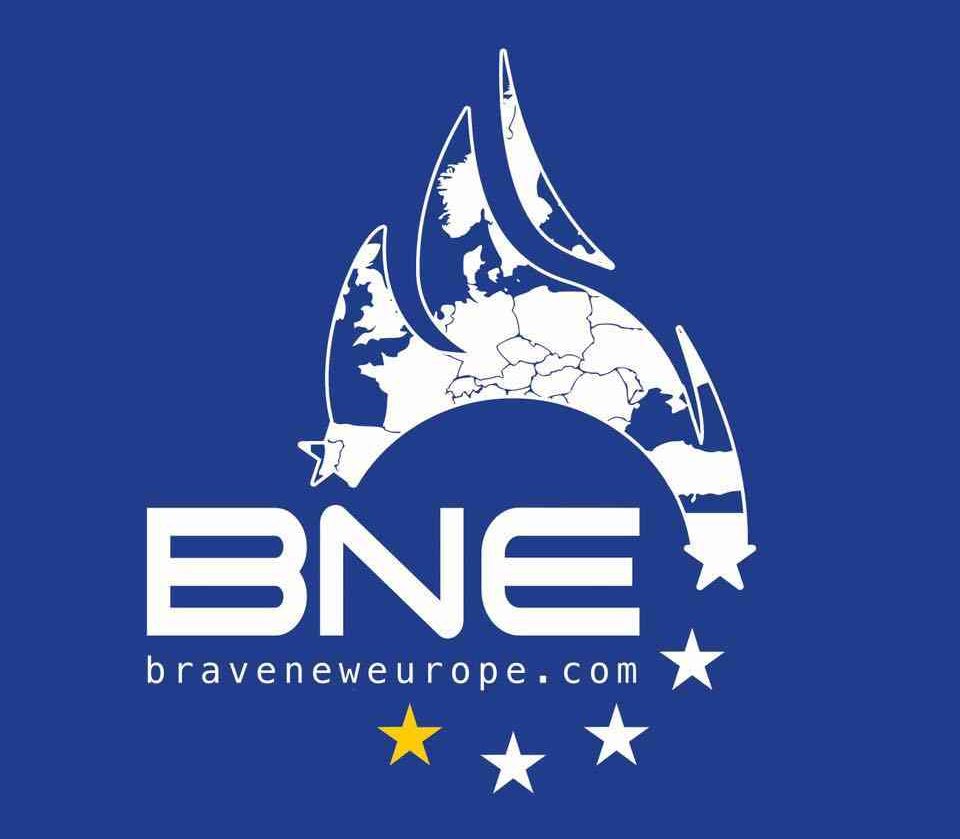Serbia is one of the few European countries with abundant critical raw materials: that is drawing the attention of great powers near and far.
Matteo Trevisan is a photographer and videomaker from Italy’s Friuli Venezia Giulia region who has been represented by Contrasto agency since 2021.
Cross-posted from Green European Journal

The towns of Bor and Majdanpek, in northeastern Serbia, sit on some of the largest copper and gold deposits in Europe. Though evidence of mining activity in the region dates as far back as ancient Roman times, Bor only became a major mining hub after the Socialist Federal Republic of Yugoslavia nationalised the mines in 1951 and created the mining company RTB Bor. The establishment of the Bor Mining and Smelting Combine in 1961 sparked a period of rapid industrial expansion and demographic growth.
Granted city status in 1947, Bor attracted workers from across Yugoslavia, while Majdanpek, just 70 kilometres away, grew around another vast deposit with reserves estimated at over 600 million tonnes of ore. For decades, the two towns thrived as pillars of Yugoslav heavy industry. Those days, however, are long over.
Following the breakup of Yugoslavia, production in the RTB Bor dropped significantly, and the company recorded years of financial losses. In 2017, after several failed privatisation attempts, the Serbian government signed a memorandum of understanding with the International Monetary Fund (IMF), committing to launch a tender for privatisation or strategic partnership by the following year. In 2018, Belgrade chose the Chinese Zijin Mining Group as its strategic partner, and the mining giant took over 63 per cent of RTB.
Since 2018, Zijin has taken over the Bor mining complex and invested 2.5 billion US dollars (2.3 billion euros) to expand operations. This enlargement is not just industrial – it is reshaping the landscape and the lives of local communities. Entire families are witnessing their homes, land, and memories vanish as the mine swallows settlements. Meanwhile, the Serbian government has offered no real options for resettlement.
The environmental consequences of the mining rush are also severe: forests, rivers, and wildlife have been devastated, and residents breathe some of the most polluted air in Europe.
Bor and Majdanpek are emblematic of a wider trend. By 2022, Chinese investments in Serbia had reached a level equivalent to the combined total of all 27 EU member states, sparking debates on strategic autonomy and a possible loss of sovereignty. The fact that Chinese contractors were responsible for renovating the canopy in Novi Sad’s rail station – which later collapsed, killing 16 people and sparking the largest protests in Serbia’s history – only adds to the complexity of China’s presence in Serbia. In Bor and Majdanpek, this engagement is at the same time both significant and invisible. Thousands of workers brought from China live in isolated camps, rarely interacting with the local population.
Debates around mining in Serbia are not limited to copper, nor is China the only investor eager to put its hands on the country’s rich natural resources. In a bid to reduce its dependence on China for critical mineral resources needed for the green transition, the EU has pushed for lithium extraction in the area around Jadar, in the western part of Serbia. Mining plans have sparked mass demonstrations all over the central European countrymass demonstrations all over country.
While president Aleksandar Vučić’s authoritarian government claims lithium extraction would respect strict environmental norms, the experience of local communities in Bor and Majdanpek tells a different story.
A report published in January 2024 revealed frequent spikes of sulphur dioxide (SO2) in the Bor area, responsible for both acute and chronic respiratory problems as well as acid rain. The study also detected PM10 fine particles containing heavy metals such as lead, cadmium, nickel, and arsenic. Despite the proven adverse effects of mining, no systematic assessment of public health has been carried out since Zijin took over operations. However, the Batut Institute of Public Health has published a study showing an increased mortality risk for both men and women in Bor across all age groups.
Bor and Majdanpek embody the human and environmental cost of extractive expansion in Serbia. Histories, homes, and traditions are under threat as the rush for critical minerals intensifies.


Be the first to comment